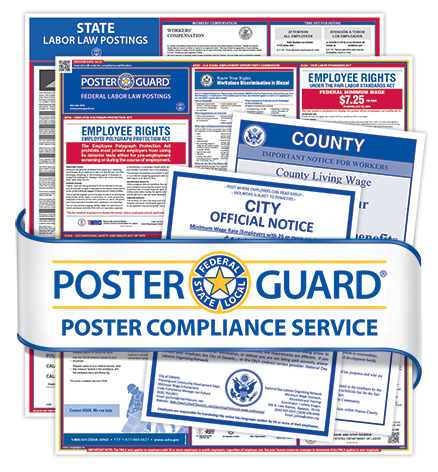The U.S. Department of Labor (DOL) recently released its long-awaited proposal to change overtime regulations under the Fair Labor Standards Act (FLSA). If the new regulations are adopted, the weekly salary threshold will increase from $455 to the current 40th percentile of weekly earnings for full-time salaried employees, or $970. These proposed changes could affect nearly 11 million workers. As an employer, here’s what you need to know.
Exempt or non-exempt?
Under the FLSA, workers are classified as exempt or non-exempt, which determines their eligibility for overtime. The three FLSA requirements for employee exemption are:
- Employees must be paid the minimum weekly salary as established by the DOL
- Employees must be paid consistently on a salary, not hourly, basis
- Employees’ primary duties must be exempt in nature based on specific legal tests.
The most common exemptions are often referred to as “white-collar exemptions” and cover employees working across every industry and sector. This may include:
- Executives
- Administrators
- Professionals
- Computer employees
- Outside salespersons
- Highly compensated employees
Proposed changes
Currently, if these employees are making $455 per week ($23,660 per year) and meet the other requirements for exempt status, you are not required to pay them overtime. The DOL’s proposed changes would more than double this salary requirement and ensure it increases year-over-year by indexing it to the 40th percentile of weekly earnings for full-time salaried employees, as determined by the Bureau of Labor Statistics (BLS). For example, a worker making $970 per week ($50,440 per year) would be exempt from overtime in 2016, but at the same salary, he or she would be entitled to overtime the following year, based on the 40th percentile increase.
The salary threshold for the “highly compensated employee” exemption would also be indexed to the 90th percentile of weekly earnings for full-time salaried workers, which would increase the requirement from $100,000 per year to $122,148, according to current statistics. The new salary threshold would make some highly compensated employees non-exempt, thus entitled to overtime.
So far, the DOL has not issued any proposed changes to the primary duties test, but they’re expected shortly. The DOL pointed out California’s exemption tests, which require employees to spend 50% of their time performing exempt duties, for guidance on amending the primary duties test for the federal FLSA.
What can employers do?
Again, these changes are only proposals at this time – but that doesn’t mean employers should wait and see what happens. The best course of action is to make your voice heard. The DOL has opened the discussion to comments for a 60-day window, which lasts until the end of August. Employers are encouraged to share comments regarding changes to the duties test, as well as the possibility of including non-discretionary bonuses to meet the salary basis test.
The last time the FLSA changed, in 2004, employers only had 120 days to comply with the new regulations. It’s likely the DOL will give employers a short grace period this time, too. To prepare for the potential changes, start working with wage and hour counsel to determine if currently exempt workers will be impacted by the change in salary requirements. Have managers provide lists of job tasks for workers, as well, to see if any potential changes to the duties test may come into play.



